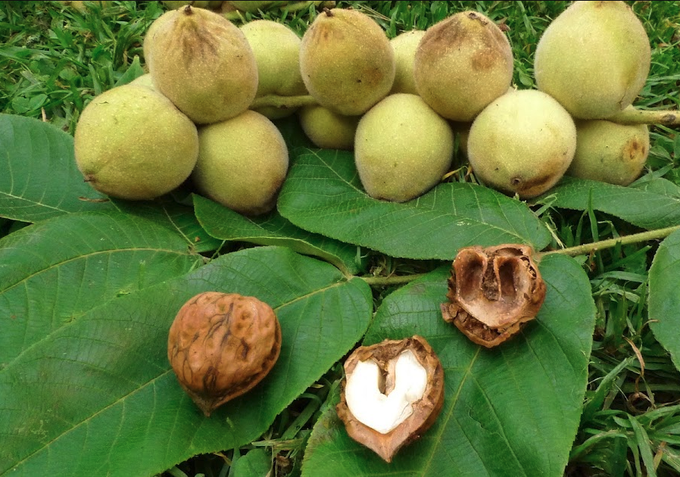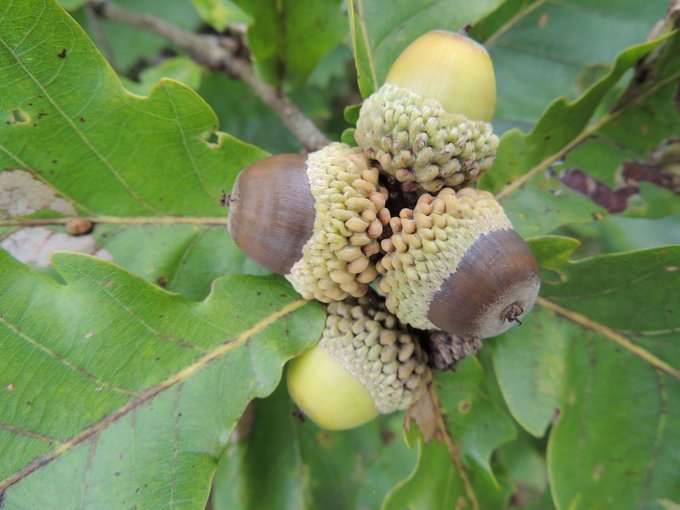In "From Foragers to Farmers: Papers in Honour of Gordon C. Hillman" By Ehud Weiss, we read that: "...according to the archaeological and ethnographic data, indigenous people of far east, extensively used acorns, walnuts, hazelnuts and pine nuts in their diet...with acorns being the main source of carbohydrates...
Even though hazelnuts (Manchurian hazel) grew abundantly in the area, they could not be stored for a long period, and were used before the beginning of the winter...
Walnuts were collected in large amounts and stored for use throughout the year. But the type of walnuts that grow in far east (Manchurian walnut) have a very hard and thick shell which makes them bloody hard to clean and eat...
Pine nuts were not eaten very much. Apart from not being very common, the local people avoided eating a lot of pine nuts "because they made people thin"...
This belief, which turns out was based on observation and experience, was recorded in this legend...
It turns out that the nuts of the pine which grows in the area (Korean pine) contain large amounts of pinolenic acid which works as an appetite suppressants and can reduce the intake of food by up to 36%. Hence thin and pale young wife...
This leaves acorns (of the Mongolian oak) which grow abundantly in far east, and are very rich in sugars and other starches, proteins, vitamins, anti oxidants, even cancer suppressants...And are in far east low in tannins... Hence fat, healthy old wife...
This is the first chapter of the loooong overdue article "Human consumption of acorns in ethnographic material" which should conclude my series about humans and oaks and acorns. The links to so far published articles from the series can be found here...






I think there was a recent article about the earliest dental caries (cavities) being from a population of acorn eaters before the cereal agriculture began.
ReplyDelete